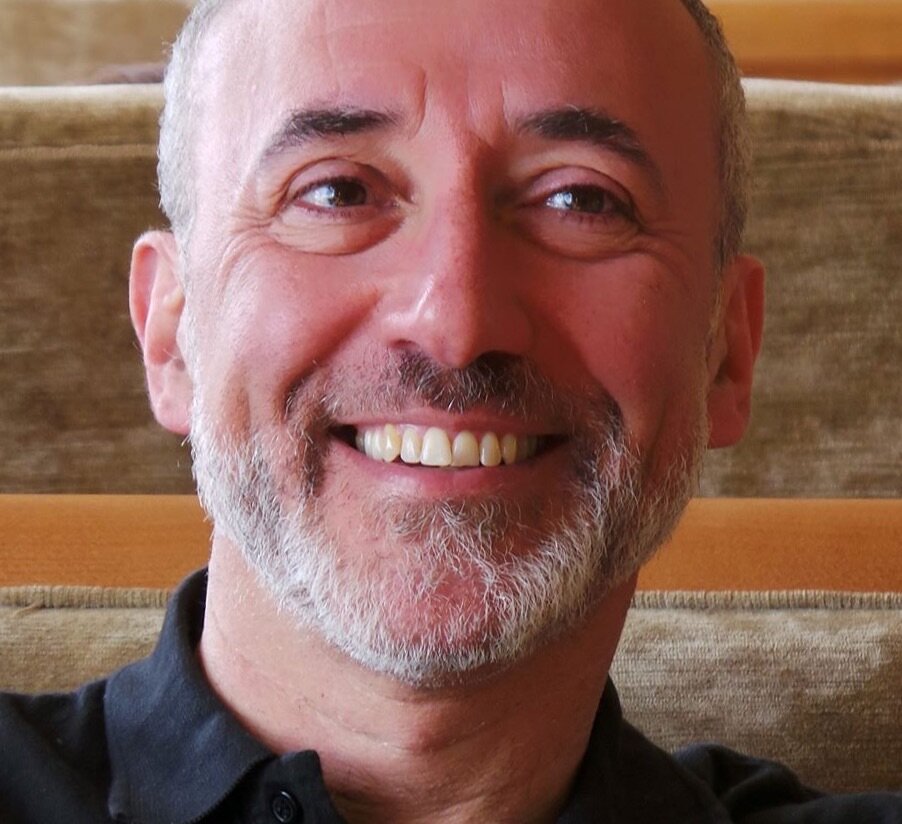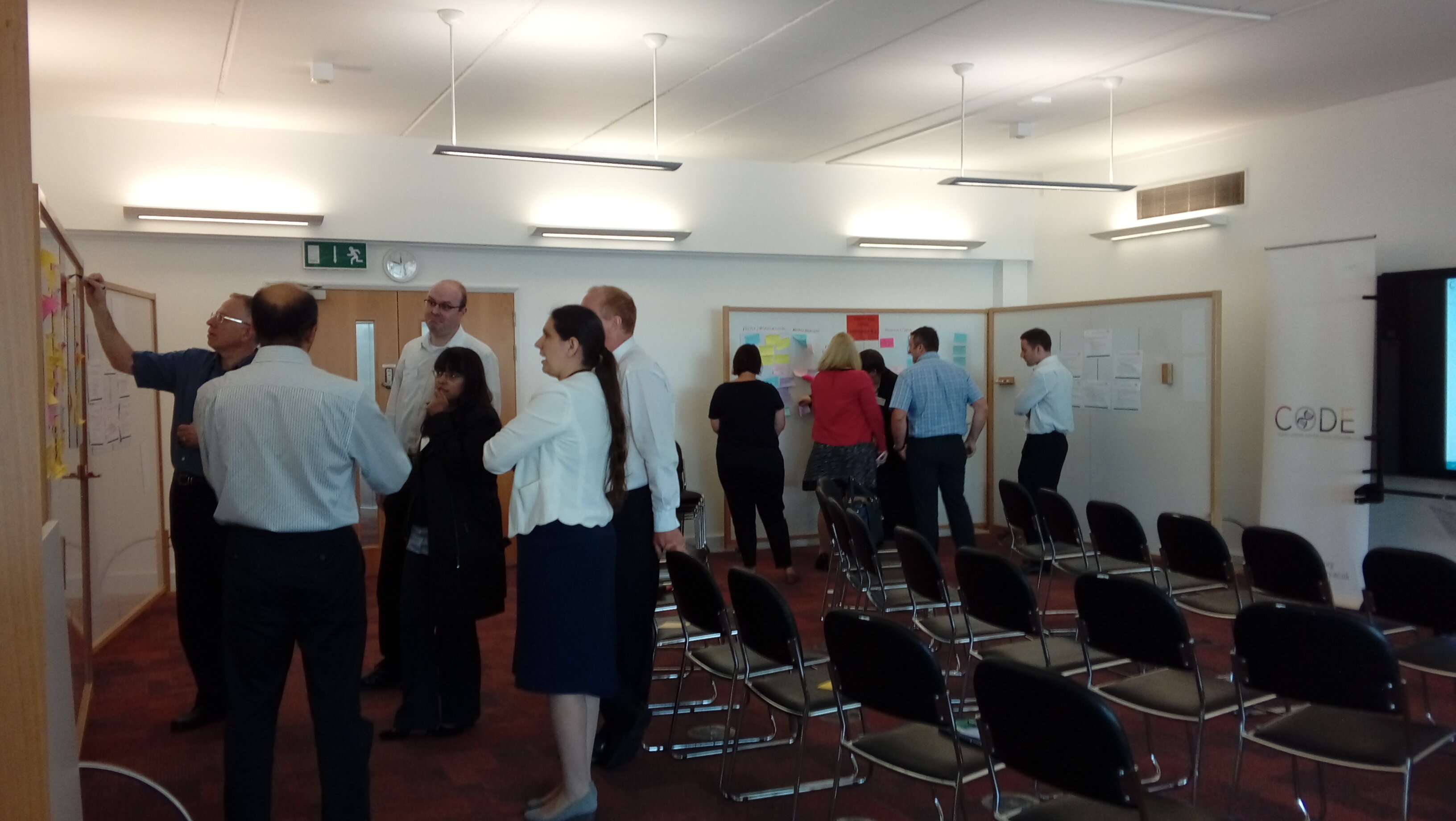By Senior Teaching Fellow at Surrey Business School and Director of the Leadership Development Series.
“Strong and stable” or a “coalition of chaos”? These were the options put before the British people in the recent General Election. Now the people have spoken – and it appears they are not mad keen on either option, stripping the “strong and stable” Conservatives of their Parliamentary majority while still leaving them well ahead (in terms of number of MPs) of the allegedly chaotic opposition. Many people, including no doubt the Prime Minister who gambled her credibility on increasing her majority, must have been left wondering how the public could have made such an apparently contrary choice.
The answer is: they didn’t. In fact, British voters have produced a very sensible outcome, consistent with much current leadership thinking. You see, when the going gets tough, the tough don’t simply get going – advancing blindly along a pre-determined and time-honoured route – they get thinking. They get working with others to draw out the best possible solutions before deciding what actions to take. And, most of all, they get listening.
The work of Ralph Stacey corroborates this (see for example, . Berret-Koehler, San Francisco 1996.). His model suggests that as the operating environment becomes increasingly uncertain, and agreement over what actions to take becomes more difficult, leaders should take steps to encourage innovation and creativity, improve flows of information, and reduce hierarchies so that everyone is enabled to contribute to the decision-making process. Usually, the opposite happens: entrenched and habitual approaches resurface in times of crisis, as we make for the ‘safety’ of whatever has worked before.
((2005) . Human Relations 58(11): 1467–1494.) identifies three types of problems – Tame, Wicked and Critical – and advocates different leadership responses to each. In critical situations, leaders need to take control and command decisive actions to relieve the crisis. For tame problems, where the challenges are clear and solutions relatively easy to reach, leaders can rely on systems and processes that have been successful before. In other words, in these two scenarios, leaders can be strong or stable – but do not need to be both.
However, where the problem is wicked – where the challenge is unusual or unprecedented and nobody knows how it should be tackled – then the leader needs to be neither strong nor stable but flexible; to be able and willing to think on their feet and work well with others to garner information and consider responses.
We only have to look at the world today – as the financial sector emerges blinking from the rubble of the 2007/08 crash; as we attempt to fight an asynchronous war against ISIS and other terrorist groups we don’t really understand; as, on this side of the Atlantic, we try to make sense of Brexit while on the other they cope with Trumpism; as we contemplate the potentially cataclysmic impact of climate change – to see how uncertain, confused and downright wicked most organisations’ operating contexts are. In these circumstances, what we need is not strength and stability but the flexibility and creativity to meet the challenges we face in constructive, inclusive ways, drawing on the efforts of the many rather than the few. And the leader’s role is neither to command nor control but to listen and to engage. Do our leaders have the humility and the wisdom to take up this challenge?
For further information please go to:






